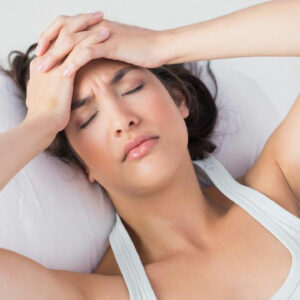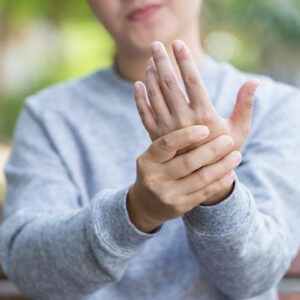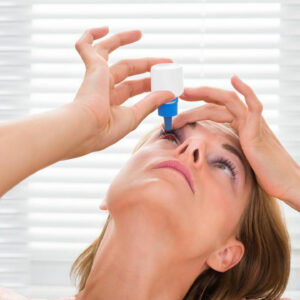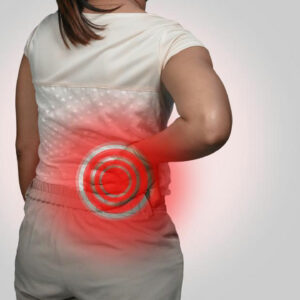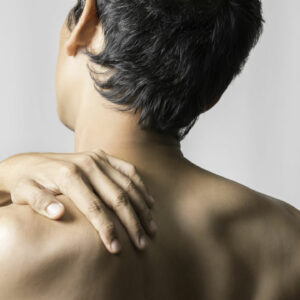
01
Popular Treatment Options for Frozen Shoulder
The frozen shoulder, also known as adhesive capsulitis refers to pain, stiffness and restricted range of movement in the shoulder. Overuse of the shoulder is a major contributor and an injury can also result in frozen shoulder. Diseases like stroke or diabetes also make you vulnerable to this condition. When you develop frozen shoulder, the tissues that surround the joint feel stiffened and the formation of the scar tissue also takes place. In such a situation, shoulder movements become highly painful and difficult. You develop this condition gradually over a period of time and it goes away in a slow manner after a year or so. Major causes frozen shoulder Sometimes, you are compelled to stop using the shoulder joint normally and it can be because of injury, pain or severe health conditions like stroke or diabetes. This situation makes you vulnerable to frozen shoulder. Any type of shoulder problem can result in this condition if you do not make efforts to maintain a full range of motion. People suffering from chronic diseases are prone to frozen shoulder and it has been found out that this problem occurs mostly between 40 and 70 years of age. Women are more susceptible compared to men, particularly during the postmenopausal stage. Frozen shoulder treatment options The frozen shoulder treatment involves managing shoulder pain and maintaining an optimal range of motion in the shoulder. Popular painkillers and anti-inflammatory medications In order to eliminate or reduce the pain, there are over-the-counter painkillers available. The most popular ones are aspirin and ibuprofen and these medications also reduce inflammation linked with frozen shoulder. If the pain is severe, you can opt for stronger anti-inflammatory and pain-relieving drugs but they should be taken under the supervision of your doctor. Diagnosis of frozen shoulder When the physical exam reveals restricted shoulder movement, doctors suspect frozen shoulder.
Read More 